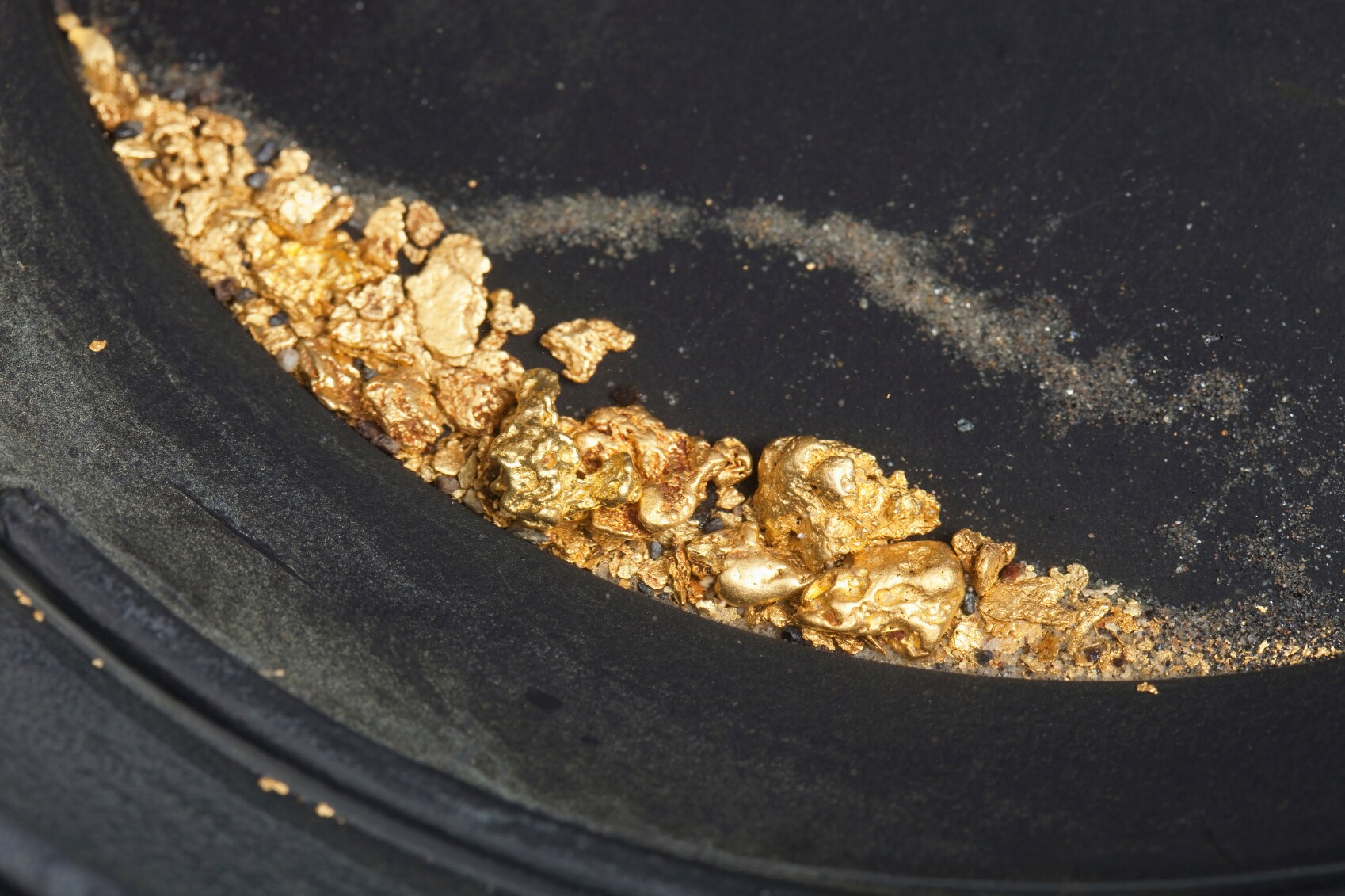Innovative Approaches to Sustainable Mining: Exploring the Least Destructive Methods
Mining plays a crucial role in the global economy, providing essential resources for various industries. However, traditional mining practices often result in significant environmental damage and social disruptions. In recent years, there has been a growing emphasis on finding the least destructive methods of mining that prioritize sustainability and minimize negative impacts. This article explores innovative approaches to mining that aim to strike a balance between resource extraction and environmental preservation.
- The Concept of Least Destructive Mining:
Least destructive mining refers to the utilization of techniques and technologies that minimize environmental damage, reduce carbon footprint, and prioritize the well-being of local communities. It involves a holistic approach that considers the entire mining lifecycle, from exploration to closure and reclamation. - Sustainable Mining Practices:
a. Green Mining: Green mining focuses on reducing energy consumption, minimizing greenhouse gas emissions, and optimizing resource efficiency. This includes the use of renewable energy sources, advanced recycling techniques, and the adoption of energy-efficient equipment.
b. Responsible Water Management: Water scarcity is a pressing issue in many mining regions. Sustainable mining practices involve implementing water recycling systems, reducing water usage through innovative technologies, and ensuring responsible wastewater treatment to prevent contamination of local water sources.
c. Ecosystem Preservation: Protecting biodiversity and ecosystems is crucial in least destructive mining. This can be achieved through the implementation of biodiversity offset programs, habitat restoration initiatives, and the establishment of protected areas within mining sites.
- Technological Innovations:
a. Remote Sensing and AI: Remote sensing technologies, such as satellite imagery and LiDAR, combined with artificial intelligence, enable accurate identification of mineral deposits and help optimize exploration efforts. This reduces the need for extensive physical exploration, minimizing environmental disturbances.
b. Robotics and Automation: The use of robotics and automation in mining operations reduces the need for human labor in hazardous environments. This not only improves worker safety but also allows for precise and controlled extraction, minimizing collateral damage.
c. Advanced Extraction Techniques: Innovations like in-situ leaching, bioleaching, and phytomining offer environmentally friendly alternatives to traditional mining methods. These techniques minimize the need for large-scale excavation, reduce waste generation, and lower the overall environmental impact.
- Community Engagement and Social Responsibility:
Least destructive mining involves active engagement with local communities, respecting their rights, and addressing their concerns. This includes providing employment opportunities, supporting local businesses, and investing in community development projects. Additionally, transparent communication and stakeholder involvement are essential for building trust and ensuring the long-term sustainability of mining operations.
Conclusion:
As the demand for natural resources continues to grow, it is imperative to adopt the least destructive methods of mining to safeguard the environment and promote sustainable development. By embracing innovative technologies, implementing responsible practices, and prioritizing community engagement, the mining industry can minimize its ecological footprint and contribute to a more sustainable future.

Post Comment